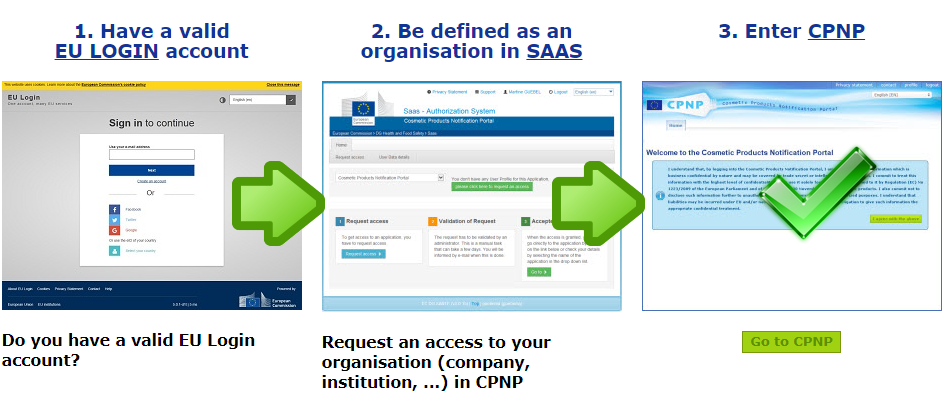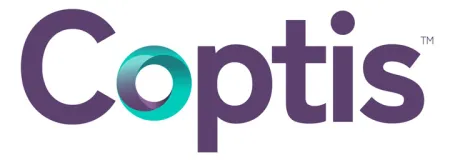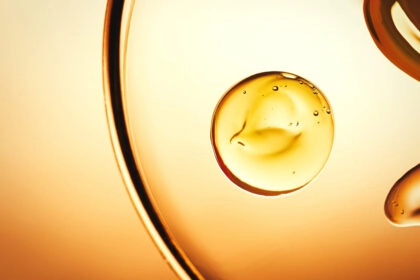How to notify a cosmetic product on the CPNP portal
The European cosmetic regulation requires the online notification of every cosmetic product onto the European cosmetic portal, the CPNP, before its launch on the market (Cosmetic regulation (CE) n°1223/2009, article 13). This notification itself is quite easy, but it still needs to be prepared beforehand

What is CPNP?
The Cosmetic Product Notification Portal (CPNP) is the online reporting system for the market of a cosmetic product. It is where all cosmetic products on the European market are centralized and constitutes an internal database of the CPNP the EC, therefore, it is not accessible to the public. However, national supervisory authorities from member states and poison centers can access the CPNP (the first for the market watch, the second for medical treatment).
The notification of a cosmetic product is mandatory before its launch on the market, but it’s not a marketing authorization. The information submitted is not validated by the EC, and the correct notification does not mean that the product complies with the Cosmetic Regulations. As soon as the product is notified, the information is immediately available electronically to the control authorities of the member countries and the poison centers. There is no need to notify at the national level, except in specific cases (for example the declaration of manufacturing facilities in France).
It is recommended to notify a product shortly before its launch, but not at the last minute.
Notification steps
The Cosmetic Regulations provide for two types of notifiers: the Responsible Person or the Distributors. Before you start reporting on the CPNP, it is necessary to determine who is reporting. In either case, it is possible to delegate the notification (for example to a service provider). But before that, it is necessary to request access to the CPNP, which involves several steps if it is the first time and therefore must be anticipated (pictured).
Link tuto : https://webgate.ec.europa.eu/cpnp/public/tutorial.cfm
Creating an EU login account is the first step, using the ECAS interface. Once the account is created, access to the CPNP must be requested and created on the SAAS interface. Once the account is created, access to the CPNP must be requested and created via the SAAS interface. This is an opportunity to create the company’s account if it does not exist, which will include the list of cosmetic products notified and being notified. It is also possible to join an existing account through a list. Even if the notification is delegated, the company that puts the products on the market must create an account on the CPNP and manage access to that account. Because the identifiers are personal, be careful not to get locked out if the administrator of the account leaves the company without giving the login! Once access to the CPNP has been validated, notification can begin.
Login Link : https://webgate.ec.europa.eu/cpnp/public/ecas-create.cfm
CPNP Access Link : https://webgate.ec.europa.eu/cpnp/public/saas-start.cfm
The steps to access the CPNP when you first log in.

If the product to be notified contains nanomaterials, it is sometimes necessary to notify it early on, so it must be taken into account.
The case of nanomaterials
When the cosmetic product contains nanomaterials, it must be notified on the CPNP portal at least 6 months before it is released. This provision applies to nanomaterials not included in Appendixes IV (colors), V (conservative) or VI (UV filters). The following information should be provided:
– The nanomaterial’s identification (including its IUPAC name)
– Its specifications
– An estimation of the quantity of this nanomaterial put on the market each year in cosmetic products
– The toxicological profile of the nanomaterial
– Its security data
– Its reasonably predictable exposure conditions
This 6-month period allows the European Commission to request an opinion from the SCSC on the safety of nanomaterial if in doubt.
How to notify on the CPNP?
The notification of the cosmetic product by the Responsible Person (or its delegate) requires the following information:
- The product category (consistent with its primary function)
- The name of the product: it must be precise enough to allow the control authorities or poison control centers to find it specifically. It must take the form Of Brand/Line/specific name including its function. If this name is translated for marketing in one or more other member states, these translations must be added
- The name and address of the Responsible Person
- The contact information of at least one individual to contact if necessary
- The country of origin if the product is imported
- CMR substances (1A and 1B)
- Nanomaterials: reasonably predictable identification and exposure
- The formula (see info box)
- The original labeling and a picture of the original packaging
The current notification can be recorded as a draft and completed later.
How to declare the formula of the product?
The formula of the product can be submitted in different forms:
– The frame formulation: 140 are available. Depending on the product’s category, the portal suggests a list of them. Beware, the notification with frame formulation can only be chosen if the formula fits perfectly in the ranges of concentration. Additional details can be requested for some ingredients, like ethanol or essential oils
– The exact concentrations
– The concentration ranges. Additional details can also be requested in this case.
Sometimes a distributor must notify a cosmetic product when it is available in another member state and translates one or more elements of the labeling on its own initiative. They must then submit on the CPNP portal:
- The name of the product in the original member state
- The name of the product in the member state where it is put on the market
- The involved member state
- The name and the address of the distributor
- The name and the address of the Responsible Person
Remember that the notification must be registered before the product is put on the market. It can be changed later, as updates may be required.
After the notification
The product is notified, put on the market, but this is not the end of using the CPNP! The notification must be updated in certain circumstances. For example, when the formula no longer corresponds to the original frame formula or if the quantity of an ingredient is significantly changed, changes the range of concentration, if a harmful ingredient is added or removed from the formula.
Apart from the formula changes, the notification is updated in case of:
- Modification of the product name
- Launch on the market in another member state
- A new language on the labelling or an additional name
- A change of Responsible Person or of their contact details.
Also, be careful to keep the contact person’s contact details up to date. When the product is no longer manufactured, a specific checkbox can alert CPNP users.
Conclusion
The notification of a cosmetic product on the CPNP electronic portal is not the most complicated step of product development, but it still needs to be prepared. In the first few, do it in advance, and prepare drafts. The use of cosmetic formulation software can facilitate the management of the specific formula and specific ingredients.
More resources you might like





